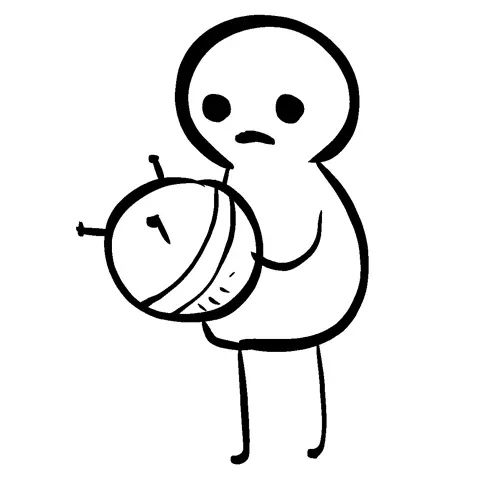

I’d also like to point out that the underlying model may well be unsustainable in the way that it is offered at the start. Who benefits when a for-profit company operates at a loss? We, the customers, do. We get low prices and customer-friendly practices that are genuinely enjoyable. That business can’t operate in that way indefinitely, as the early investors are not funding it as an act of charity.
Eventually, the bill comes due. The shareholders have funded the company on the premise that, after losing lots of money on customer acquisition, it can restructure and monetize those customers and recoup their investment, hopefully with a lucrative return when they decide to capitalize their holdings and find a new company with which to repeat the process.
There is absolutely no reason not to enjoy the perks of the early stage of the customer acquisition process; the shareholders are subsidizing your product at no cost to you. But we shouldn’t be surprised when the shareholders stop subsidizing and start squeezing their formerly pampered customers in the hopes of getting their money back (and more, of course).
This doesn’t excuse unethical or abusive practices, but it does mean that, even without them, the experience of those early days probably wasn’t going to last forever.







Some friends of ours strapped down their roof for Hurricane Georges. They lived in a wood frame house on a hill and knew better than to just trust that everything would be ok.
Anyway, they still had a roof after the hurricane, but the winds were still strong enough to lift the roof up, damaging the joints between the rafters and the main posts holding the roof up. This damage I saw with my own eyes.
Wind shear can be remarkably strong at 140 mph, blowing across a roof like that. It would be a shame to lose the house because you didn’t take two hours to put some straps over it.